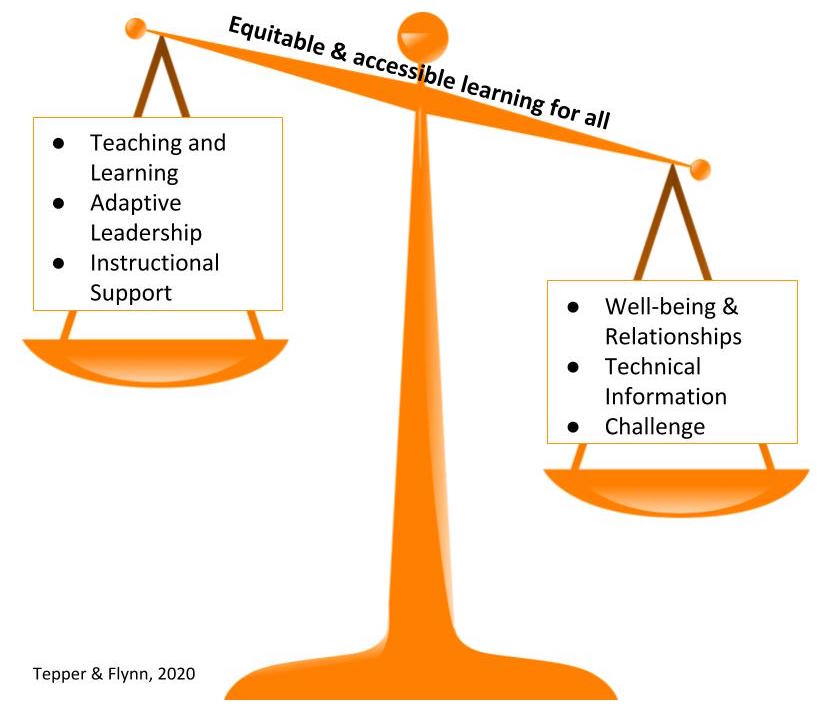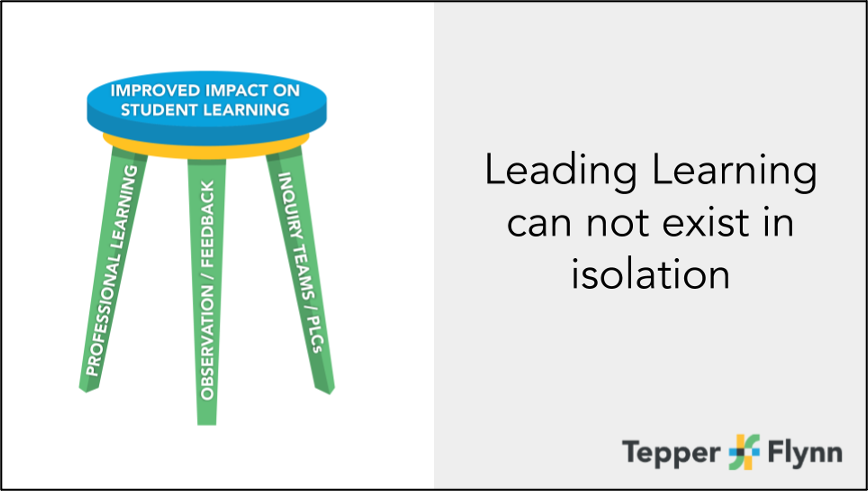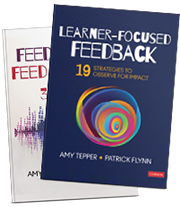The zodiac offers us a perfect metaphor these days. The heat and light from the sun are waning as it is leaving the sign of Libra, moving away from the sign of balance between the head and the heart and harmony represented by scales.
Each of our coaching conversations are bookended with, “How are you?” “How are you taking care of yourself so you can fill others’ buckets?” “What do you need?” “Is what you are doing today sustainable?” And in nearly all cases, the answer is no to the last one. So many of us are out of balance in some way.
We are promoting and employing strategies to reduce stress (yoga, breathing, disconnecting), and hearing school leaders recommending these, integrating them into meetings, and working to engage in the strategies themselves.

Tipping the Scales
Constant change and lack of predictability requires leaders to add a weight, take a weight every day. With increased emphasis this year, leaders strive to find balance between and among essential aspects of leadership:
- Supporting well-being and building relationships and connections (human and social capital)
- Supporting teaching and accessible equitable learning
- Providing technical and adaptive leadership
- Ensuring increased challenge is met with appropriate levels of support
Balance is elusive even on good days and in good years so beyond wellness strategies that we hope will become standard in our schools, we wanted to suggest 3 additional strategies to help bring about organizational and individual balance this year.
| STRATEGY 1: Collect information that REALLY tells you how your staff is doing. |
School 1 is worried about overloading staff, seeing them as incredibly fragile right now.
We asked: How is your staff overall? Answer: They are overwhelmed.
We asked: What specifically is overwhelming them?
At the heart of Marc Brackett’s work is an identification of the causes of emotions. At the heart of Bandura’s efficacy work is to identify causal attribution. We can personalize support for each staff member when we have a clear picture of what they are experiencing. One may be totally overwhelmed with technology of teaching simultaneously or another concerned remote students are not signing in. Another may be far more worried about his teenage daughter home alone learning virtually, while others are terrified of entering the building every day.
School 2 is implementing weekly digital surveys for staff and 50% of staff are replying relatively favorably.
We asked: Is that really how 50% are doing?
Answer: No. Staff said they didn’t want to be honest or to say something negative in a public format that goes to the district.
We are programmed: “Don’t point out the problems. People will get the wrong idea.”
How can we give permission to feel? (Marc Brackett) How can we help educators see that it is okay to not be okay? (Brené Brown) How can we diminish positive toxicity that keeps educators afraid to share anything negative and truly how they are?
We asked: How are you reaching the other 50%?
Answer 1: In meetings weekly
We ask: Does the staff have other avenues to share with leaders and/or each other?
Answer 2: I text, email, and call individuals and pop into classrooms all week to reach the others. We start each faculty meeting with time to share in small groups.
Consider how you can align your check-ins and surveys (and ultimately your solutions) to adult social and emotional competencies using resources such as Penn’s Resilience Skill and CASEL’s tools. Also consider how you can apply this same thinking in your collection of information from families and students.
| STRATEGY 2: Collect information that REALLY tells you how your staff is doing instructionally and how they are impacting engagement and learning |
It is critical for all educators to recognize the connection between Strategy 1 and 2. Efficacy and emotions are directly linked. For example, teachers get up every day to make a difference and are driven by the learning they cultivate for students–be it social-emotional, academic, or hopefully both. The source of much of their stress right now comes from the challenges they face in achieving this fundamental purpose. Leaders, coaches, and peers can review student artifacts, sit in on live Meets lessons, and have conversations about the impact of teaching on engagement and learning (see strategies in our 4-part series). Because when these actions result in feedback that feeds forward and listening with empathy, we are supporting teacher wellbeing by making connections and creating a lifeline.
Remember, Questioning impact is not the same as questioning intent.
Angela Watson
And as with Strategy 1, gather specific information about students’ experiences as learners and families’ experiences as partners in the learning for a clearer picture of impact.
| STRATEGY 3: Identify existing systems and structures that you can maintain or adapt that will allow you to engage in Strategies 1 & 2 in a meaningful way all year |

North Branford Intermediate School’s (CT) leadership recently used our Three-Legged Stool framework to ensure their systems and structures result in 4 key outcomes this year:
- Collaboration
- Shared decision-making
- Routine feedback cycles
- Responsive professional learning
Systems and structures that support implementation of and response to Strategies 1 and 2 assures a focus on people and ongoing communication of individual and organizational well-being. (A scale can only be balanced on a level surface. or foundation.)
CASEL reminds us: Trust, community, and collective efficacy among staff are strong predictors of how well schools can carry out improvement initiatives (Bryk & Schneider, 2003) and impact student achievement (Donohoo, Hattie, & Eells, 2018), and serve as a critical foundation for SEL.
We are heading into a new moon and time of transformation in Scorpio, represented by the scorpion and the phoenix-both of whom have the power of rebirth. Take time this month to consider how these strategies can be implemented to inform your actions towards new levels of balance that we all seek–transforming for ourselves, our teachers, our students, and our families.
Need further guidance? Contact us directly and check out our resources and new webinars on our site
Let’s stay connected – Sign up for our mailing list
Twitter: Amy @ATep46 Patrick @ReVISION_Learng
Order our books Feedback to Feed Forward: 31 Strategies to Lead Learning and Learner-Focused Feedback: 19 Strategies to Observe for Impact today!





Leave a Reply